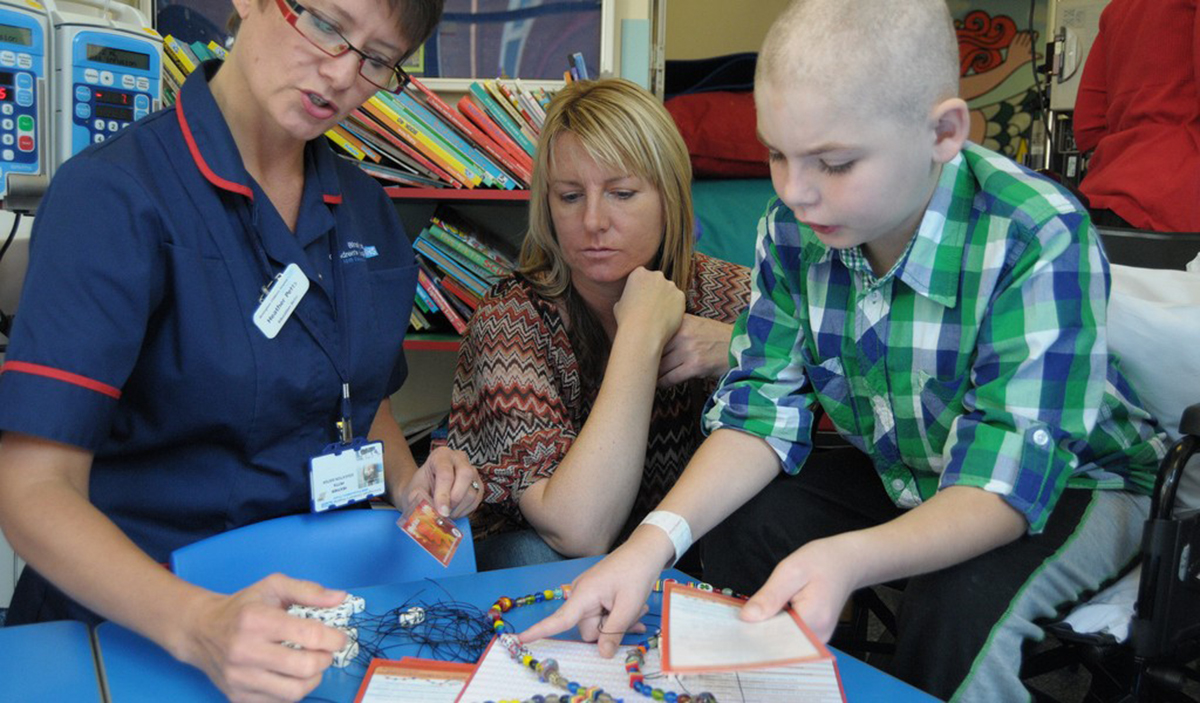Table of Contents
Although childhood cancers make only 1% of all the cancer cases in America, research has shown that the rates have been slightly rising over the past few decades, and today it is estimated that about 10 450 children in the United States under the age of 15, could be diagnosed with a form of cancer in 2014; and about 1350 of those affected could die of cancer.

However though, there is still some light at the end of those heartbreaking statistics because today, with the recent advances in cancer treatment, at least 80% of children affected with cancer have a 5-years survival rate, compared to 60% in the 70s.
Are Cancers in Adults the Same as Cancers in Children?
Undoubtedly, not. In fact, cancers in adults are mostly linked to lifestyle, diet and daily habits, whereas cancers in children are more often than not directly correlated with genetic problems or DNA repair errors during cell cycles and replication, which are changes that occur very early in life.
Because of the newness of children’s body and immune system, they tend to respond better to chemotherapy (cancer treatment) compared to adults. However, this is a sword with a double blade because this also implies that they are at higher risks of long term side effects which would require thorough follow-up in their years to come.
How do Children Understand Death?
Children’s understanding of death depends on their age and their development stage.
For instance, newborns and toddlers can sense and perceive anxiety, excitement and sadness, and can sense when someone is missing at home. This is because they can intake, absorb and emulate the emotions of the people around them. However, they are not able to understand the concept of death, which is a stage of no return. From three to six years, a child’s development is marked by a state of magical thinking (with the concept of having an imaginary friend). As a result, they tend to believe that death is reversible and temporary, and that the person who is dead is eventually coming back; just as going to work and coming back home. The period of six to nine years is actually a tricky part because some children understand the finality of death, and others do not. In their quest for answers and clarification, they tend to ask more concrete questions or even worry about apparently trivial things like how the deceased could eat, breathe or even bathe. Finally, they fear that death is contagious, and might come and catch or attack other loved ones too, which tends to make them more aggressive in times of mourning. At the ages of nine to thirteen, children and early teens are starting to understand and accept the finality of death. Because of that, they become more concerned about how death would affect the world around them, and thus express appropriate grief reactions.
See Also: Cancer Death Decreasing in US: What has Changed in New Millennium?
Defense mechanisms that they can use include denial or rationalization, and some of them, in an effort to cope with the anxiety that eminent death brings, might either romanticize it, or engage in risk taking behaviors to prove that they can defy their fate.
Whenever a child or an adolescent is diagnosed with cancer, the entire family is affected, just as his entire body is. Dealing with a child with cancer therefore requires a tactful, comprehensive and holistic approach.
- Photo courtesy of National Cancer Institute by Wikimedia Commons : commons.wikimedia.org/wiki/File:Pediatric_patients_receiving_chemotherapy.jpg
- Photo courtesy of Kathryn Cartwright by Flickr : www.flickr.com/photos/kathryninstereo/6192554624
- www.cancer.org/cancer/cancerinchildren/detailedguide/cancer-in-children-types-of-childhood-cancers
- www.cancer.org/cancer/cancerinchildren/detailedguide/cancer-in-children-key-statistics
- www.cancer.org/cancer/cancerinchildren/detailedguide/cancer-in-children-differences-adults-children
- www.curesearch.org/Types-of-Childrens-Cancer/
- www.hospicenet.org/html/understand.html


Your thoughts on this